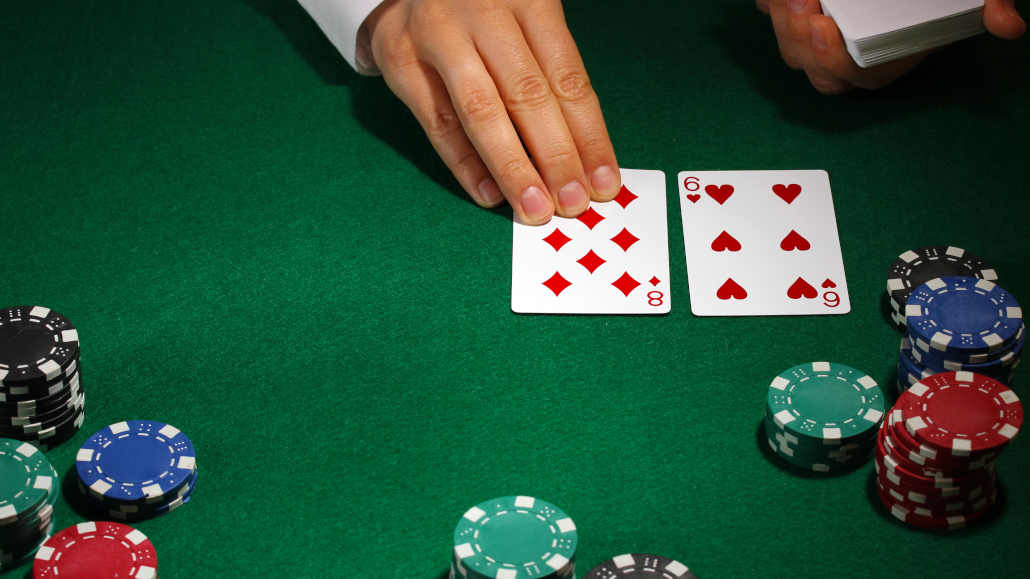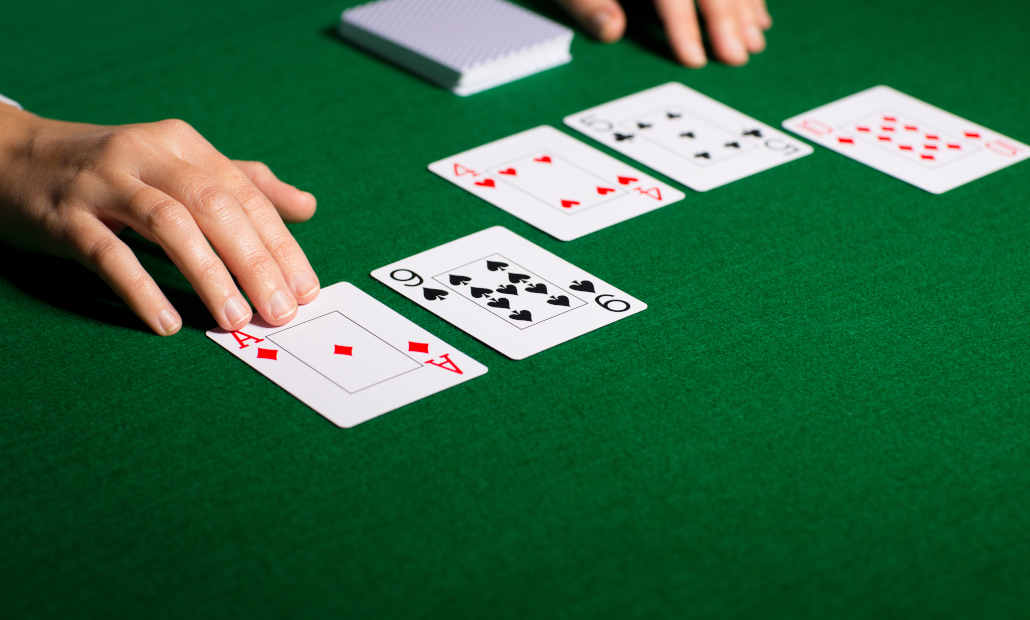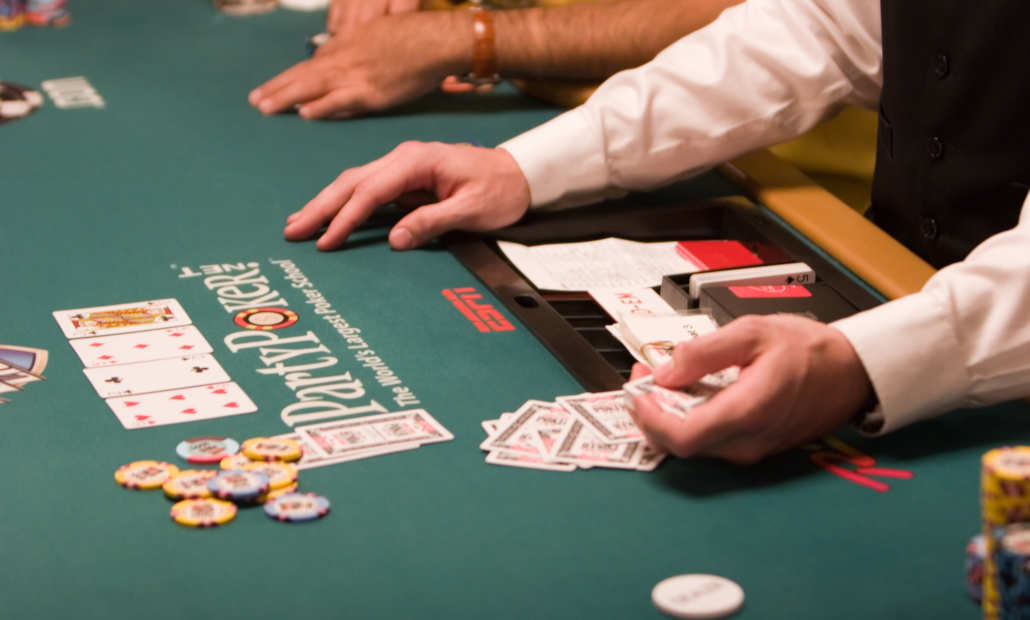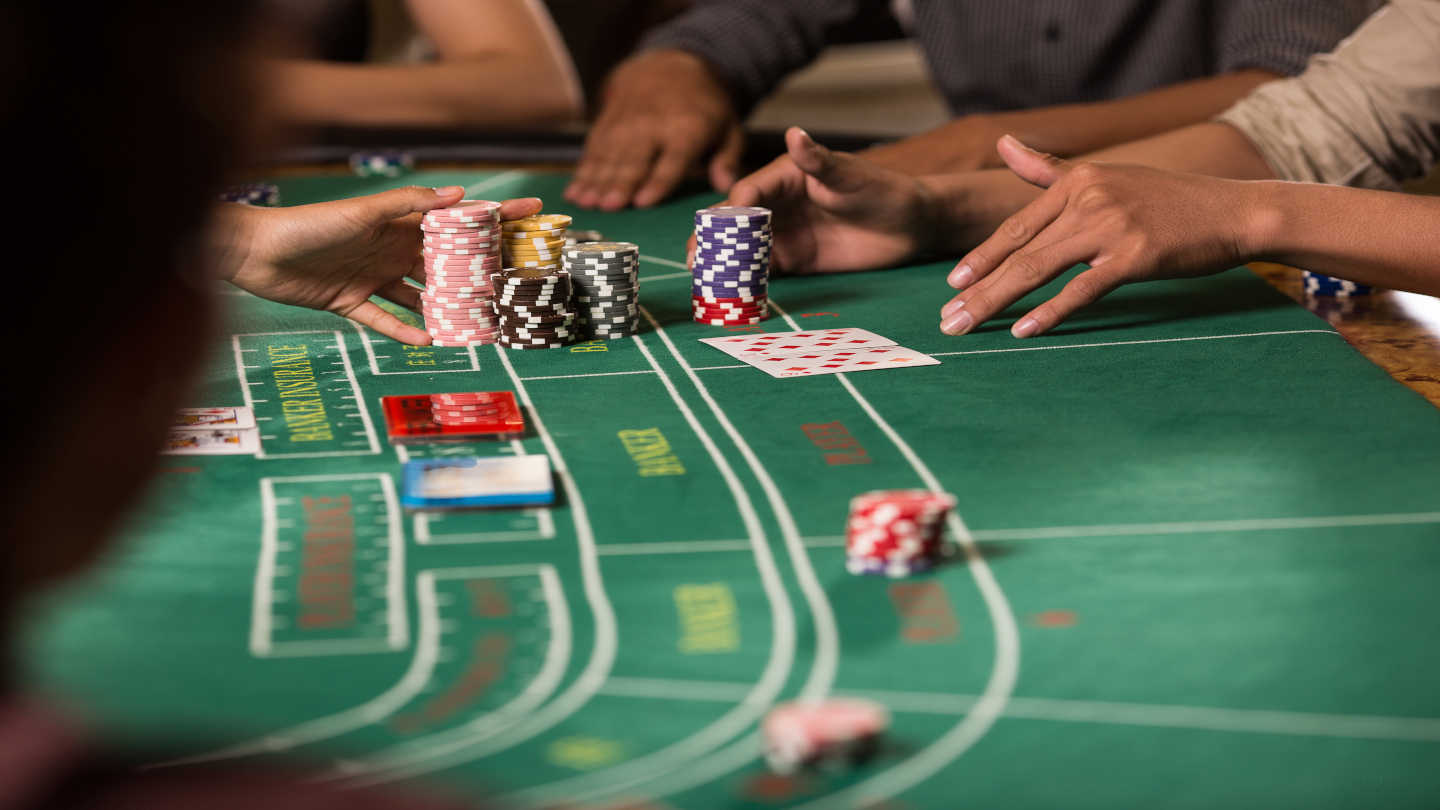Counting Outs in Poker – How to Do it the Right Way

10 minutes
Last Updated: July 16, 2022
There is a lot of math you need to do at the tables if you want to be a successful poker player. While some calculations can be somewhat complex and hard to do on the spot, counting outs is pretty elementary and crucial.
Counting outs is a technique that helps you figure out what your chances are to win a pot, how much equity you have in a hand, and what kinds of possibilities this gives you.
If you are new to the game, learning about outs in poker will be one of the first things you need to get the hang of.
Properly counting outs is a necessary technique that you must be able to do at all times and with ease.
In fact, once you master the art of counting outs, you will know how many outs you have in every hand without putting a lot of thought into it.
I am going to teach you what outs are, how to recognize your outs, figure out which ones may be dead, and how counting outs can help you win more in poker.
What Are Outs in Poker?
Any card that can help your hand improve into a stronger holding is considered an out. When counting outs in hands, you will usually be considering only cards that improve your hand into a hand better than your opponent’s.
Of course, in poker, you won’t see your opponents’ cards, so there will be a lot of guesswork going on.
Yet, there will be some outs that will surely make your poker hand best, and others that will improve it enough that it will usually win the pot.
For example, imagine you are holding Ks Qs, and the dealer has dealt out a flop of Js Ts 6d. At this time, you are holding just king-high, and even a player with a pair of deuces beats you.
However, there are two more cards still to come, and there are many great cards that will improve your hand into a monster. These cards are called outs.
Any nine or ace coming off on the turn or river would give you a straight, while any spade would give you a flush. You could even make a straight flush with the nine or ace of spades.

While the straight cards will give you the best possible hand, along with the straight flush ones, the spades will also make you a king-high flush, which will be good almost every time.
Furthermore, any queen or king hitting on the turn or river will make you top pair, which could beat some of your opponents’ hands, although your hand will still be vulnerable.
Depending on the scenario in question, all these cards could be considered outs, as each and every one of them could help you win the pot outright, regardless of what your opponents do.
How to Count Outs in Poker
This brings us to actually counting outs in poker. Using the same example from the previous section, I am going to take you through the process of counting your outs.
In the example I gave, we are holding what’s known as an open-ended straight flush draw, which is the best kind of draw you can have in Texas Hold’em Poker.
The cards to consider as pure outs are spades, aces, and nines, as these cards will give us the nuts. The kings and queens give us a one-pair hand, and they can be considered as outs also, but these outs are not pure.
There is a total of 13 spades in the deck. Considering we are holding two, and there are two on the board, that leaves us with nine pure flush outs, two of which will make us a straight flush.
Nines and aces give us a straight. There are four nines and four aces in the deck, but we already counted one of each when counting spades, which leaves us with six additional outs.
That gives us a total of 15 pure outs (9 spades + 6 straight outs). These outs will give us the nuts and will win us the hand unless the board pairs, in which case we could still lose to quads or a full house.
However, depending on the action and stack depth, there are situations when kings and queens will also act as our outs.
For example, we could be all-in against an opponent before the flop and see that he is holding a pair of fives. In this case, any king or queen would give us the winner as well.
There are three kings and three queens left. Since we are holding the spades, we haven’t counted any of the kings or queens just yet, which means we would have an additional six outs to win the pot.

This puts our outs count in this hand up to 21, which is an insane number of outs to have in Texas Hold’em and a scenario that very rarely happens.
More commonly, you are going to hold hands with anywhere between five and ten outs against your opponent’s perceived holding, which is more than enough to call some bets or make some moves.
Now that you know what outs are all about and how counting outs work let’s talk about why it is we count our outs and how it can actually help us in poker.
Why Should I Count My Outs?
In an all-in kind of situation I mentioned earlier, counting outs is actually irrelevant as there is nothing you can do with that information.
You are either going to hit or not, and you don’t have any more action.
However, you will more often find yourself in a situation where you are facing a bet from your opponent and holding a drawing type of hand.
In this situation, you can count your outs and use the information to make the correct decision as to whether to call, fold, or even raise the bet.
Holding a lot of outs gives you many options. For starters, the more outs you have, the higher your equity in the hand, and the higher the chances you will win the hand at showdown.
If you know you have a hand that will end up being very powerful by the river a high percentage of the time, you can profitably call even large bets or use this information to put the pressure back on your opponent.
Using the example of Ks Qs I mentioned earlier, let us imagine we are facing a flop bet of half-pot on the flop from our opponent.
We know we have at least 15 outs to win the hand regardless of what they are holding. We also know that six additional cards could give us a winner.
Making the call here is obligatory as there is no reason to ever fold, but we can even turn our hand into a bluff, put in a massive raise, and put our opponent to the test.
If they are holding a hand like one pair, or a drawing hand themselves, they may be inclined to let go of that hand, allowing you to win the pot whether you make your hand or not.
If you don’t know how many outs you have, you don’t know how often you will make your hand, and this makes it impossible to play poker hands profitably.
Rule of Two and Four
Counting outs is used to determine your equity in the hand, which represents the percentage of the time you are going to win the pot against a perceived opponent’s hand.
I could teach you the complex formula to determine the exact equity you have based on the number of outs, but I am going to do something much better.

I am going to teach you how to determine your equity on the spot and within seconds, and the number you will come up with will be extremely close to your actual equity.
The only thing you need to do to calculate your equity is multiply the number of outs you have by 2 if you are already on the turn or by 4 if you are still on the flop.
For example, if you have a naked flush draw, which gives you nine outs, you will have about 18% equity on the turn and 36% equity on the flop.
Keep in mind that these numbers will always be about 1-2% off the exact number, but that won’t play a big part in how you are supposed to play.
On the other hand, coming up with your equity quickly and on the spot will allow you to make the correct plays fast and use the time you have to think about other things such as your opponents’ ranges, possible plays, etc.
Counting the Bluff Outs
I have talked about counting outs in poker in the most traditional sense, which is figuring out how many of the cards left in the deck can actually help you make your hand.
However, you should also keep in mind the cards that can come and give you an opportunity to bluff and win the pot without actually having the best hand.
For example, let’s imagine we are facing a bet holding 8d 7d on a 5s 6s Kc board. We only have an open-ended straight draw for six pure outs in the deck, along with the two straight outs that also make a flush.
However, all the flush cards could also work to our advantage. If our opponent is holding a hand like AK or KQ, they may be afraid of seeing a spade come off on the turn or river.

This can give us an ideal opportunity to bluff at the pot and take it down without actually making the best poker hand.
Of course, this type of bluff won’t always work, so you should not count these outs as pure outs and simply add them to your outs count.
Some of the time, such cards will actually make your opponent a monster hand.
Yet, being able to recognize which cards are going to give you an opportunity to bluff at the pot is another part of being a winning poker player and another way of counting outs that can help you win the pot.
Counting Outs in PLO
Pot Limit Omaha (PLO) is a game in which counting outs is even more important than it is in No-Limit Hold’em.
While NLH hands are often won by one-pair or two-pair combos, big PLO pots usually go to flushes, full houses, and quads.
This is exactly why it is important to recognize how many outs you have in every hand to make such powerful poker hands and why counting outs in PLO is critical.
The actual technique of counting outs in PLO is the same as it is in NLH. Simply count every card left in the deck that can help your hand.
However, there are many things to consider in PLO that are not a thing in NLH.
For one, you should make sure to discount any cards that you are already holding, which often takes away one or two of your outs.
Furthermore, you should not count all outs equally. Outs to lower ends of straights or weak flushes are not worth too much, as such hands often get you into more trouble than they are worth.
In PLO, you should only be counting outs to the nuts for the most part and usually discarding one pair outs almost completely, as such outs will rarely give you the best hand.
Counting Outs Is Only the Beginning
Many poker players learn how to count outs and stop their poker education at that, believing that they have learned all they need to know to win at the game.
The truth is much different, as there are many things you must learn that go well beyond simply knowing your outs.
The number of outs will help you calculate your pot equity, but you also need to learn more about pot odds, implied odds, reversed-implied odds, constructing ranges, and much more.
We have plenty of amazing poker guides for you to teach you more about these concepts, and signing up for more advanced poker coaching courses can help you fine-tune these skills and take them to a whole new level.
I highly recommend practicing the skill of counting outs the next time you play online poker, whether you are in a hand or not, as this skill is a stepping stone to more advanced and more useful concepts in the game of poker.








